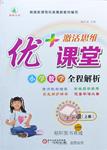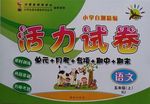题目内容
He telephoned to inform me of your birthday.____________,I would have known nothing about it.
A.However B. Otherwise C.Therefore D.Thus
B
【解析】
试题分析:考查连词。A.However然而;B. Otherwise否则;C.Therefore因此;D.Thus所以;句意:他打电话通知我你的生日,否则我还什么也不知道呢。两个句子表示转折,故选B项。
考点 :考查连词

练习册系列答案
 激活思维优加课堂系列答案
激活思维优加课堂系列答案 活力试卷系列答案
活力试卷系列答案
相关题目